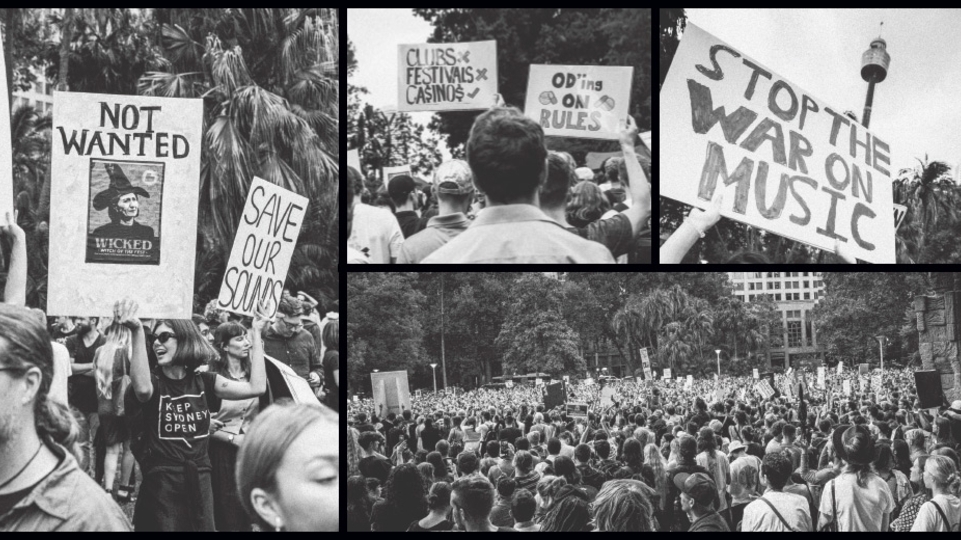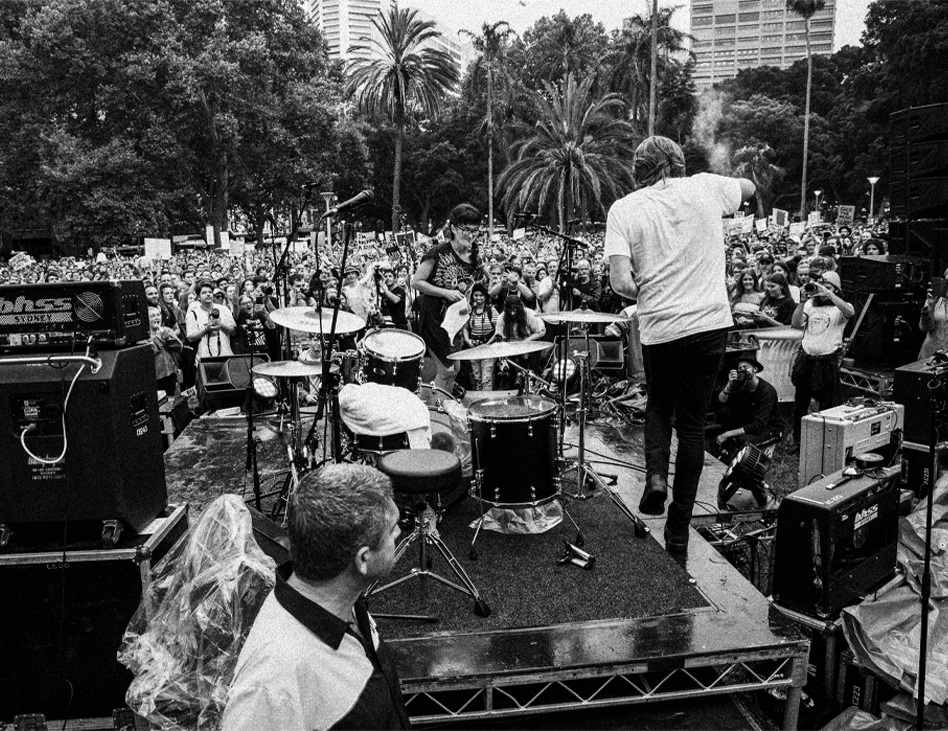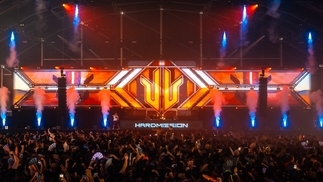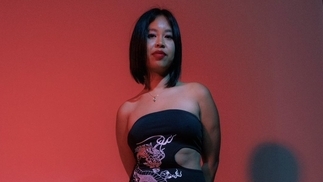Australia's war on festivals, explained

Australian music journalist Andrew Wowk shares the story behind the New South Wales government’s recent festival crackdown, and explains why music venues are currently in the firing line like never before...
It's been five years since the New South Wales government, under the leadership of Barry O’Farrell, introduced the controversial lockout laws. These laws were a response to the tragic death of Daniel Christie, a teenager who was the victim of a “one-hit punch” in Kings Cross, Sydney. Ostensibly the intention was to reduce alcohol-related violence in the city, a cause that anyone with a modicum of compassion would support. However, there were just too many reasons to be cynical. The fact the laws were introduced around the time of a state election; their poor implementation; the lack of interest in pursuing alternatives, such as improved drug and alcohol education; the cynical contradictions in, and convenient exemptions to the policy. And most of all, the complete lack of forethought surrounding (or simple disregard for) the potential effects on Sydney’s nighttime economy, that includes business owners, hospitality workers, and tourism income. These laws weren’t introduced because they were effective, well-researched ways to keep people safe — they were political posturing.

Since the inception of the laws, 176 venues have shut their doors, the rate of new venues opening has dropped, and an estimated $16bn per year has been lost from Sydney’s economy. Despite all this, Sydney’s music community kept chugging along as best it could, with some venue owners, promoters, punters, and artists trying to work within (or creatively skirt around) the guidelines stipulated by the laws, and others taking things underground, reinvigorating the illegal warehouse and DIY party scene. Day parties and boutique festivals, in particular, started to blossom, as they allowed for long running times unaffected by lockouts. In fact, if you asked someone in Sydney’s music scene a year ago how things were doing, you’d probably receive an answer along the lines of “reasonably well, all things considered.” By no means would anyone claim we are the vibrant, global city with an amazing nightlife we once were, but given the circumstances, the level of resilience and creative problem-solving shown by people in the industry is inspiring.
Now, that resilience is being tested to its absolute limits with a new set of knee-jerk, poorly explicated, politically-motivated regulations that once again piggyback on a couple of tragic incidents to win votes, as opposed to keep people safe. In something akin to the Conservative frenzy that surrounded acid house in the UK in the early ’90s, the New South Wales government and their media lackeys have used the unfortunate deaths of a couple of young festivalgoers due to drug overdoses as a means to push the idea that young people are too stupid to consider their own safety, and that all big music events are just giant dens of illicit substance use and vile debauchery. And what’s their solution? Stricter regulations around festivals, of course. Firmly rejecting evidence-based interventions such as pill-testing and harm-minimization education, and ignoring the fact that sniffer dogs are wildly ineffective, Gladys Berijiklian’s government has decided that instead, turning Sydney into the living version of Footloose is how we save the children.

The new regulations are, to put it bluntly, bullshit. Beyond having to have an increased police presence, which includes more sniffer dogs and tents that allow police to invasively search punters they suspect are carrying drugs, festivals are now rated based on their relative “risk”. The issue is, that the way “risk” is calculated has been incredibly poorly communicated by the government.
“There have been no clear guidelines or protocols shared with events as to how they are categorizing events into their risk categories,” Ben Tillman from Yours & Owls Festival says,“ and then also what that means from a conditional standpoint if [an event is] found to be high risk.”
Indeed, some festivals that have been running for years without any issues at all (such as Blues Fest, Subsonic Festival, and Return To Rio, all of which have impeccable safety records) have been deemed “high risk” based on this nebulous, inconsistent criteria. Return To Rio 2018, a boutique festival with a crowd of 2,500, had “three times as many police as Glastonbury, one of the biggest festivals in the world,” noted organizer Ricky Cooper.
The potential for misuse of these regulations is huge. In fact, in a downright extortionate move earlier in the year, only a couple of weeks from the event, the government slapped Mountain Sounds Festival with a $200,000 quote for 45 police, despite earlier having indicated the festival would only need 11 officers on site. It also raised additional concerns regarding infrastructure and site safety, despite this year’s event actually being smaller than last year’s, which received none of the same kind of scrutiny. The organizers had no choice but to cancel the event, because they simply couldn’t front the exorbitant additional costs they were being hit with at the last minute. Other festivals, such as Psyfari, have faced similar fates, while some events, like Rabbits Eat Lettuce, have decided to literally move interstate to avoid these new regulations.

The obvious implications of these regulations are enormous. The most obvious is the direct impact they have on the festivals themselves. Huge increases to running costs are simply going to make some events not worth the financial risk. Those that do go ahead, like Secret Garden Festival, are going to find themselves in the unenviable position of dealing with aggressive, overzealous police, who treat their punters disrespectfully. But there is a huge flow-on effect too. Ben Tillman notes that a strong music scene has tangible benefits for a city.
“Take the festivals away, and towns who rely on the economic impact of the events will die,” Tillman says. “Take the festivals away, and you’re taking away the economic flow-on effects into other industries. Economic return, nighttime economy, job creation, city liveability and cultural wealth are all improved by a strong music scene, and are very real indications of how much people want to live in an area and are able to generate income in it.”
"Return To Rio 2018, a boutique festival with a crowd of 2,500, had three times as many police as Glastonbury, one of the biggest festivals in the world..."
Beyond the almighty dollar, there are serious negative consequences for the strength of New South Wales’ music scene. Lauren Neko, a lecturer at The Australian Institute Of Music, notes that many of her students, “are feeling as though their livelihood and careers are being attacked, even indirectly, through the non-consultative policy decisions being made that impact the industry”.
That’s really the biggest issue. These policies are being introduced without consultation with the very people they affect. In fact, they’re being introduced without even so much as a regulatory impact statement, a fundamental part of legislature that helps communicate how regulations are designed to achieve a stated goal. The New South Wales government repeats over and over how they have people’s safety as their primary interest here. And yet, they haven’t indicated exactly how their measures will prove more effective than methods which have actually been researched and successfully trialled elsewhere, instead just talking down to us and insisting they know better than people whose job it is to research these issues. Much like the lockout laws from five years ago, the new festival regulations are nothing more than ideological posturing motivated by taking a tragic incident and making a statement out of it, rather than a genuine attempt to address the issue at hand.





